Where to See Hydrangeas in Tokyo: 10 Spots to Visit in June

Learn the best locations to relish hydrangea flowers in Tokyo and its surroundings in June - from temples to a Hydrangea Mountain covered in blooms.
Hydrangeas: Blooming in June across Japan
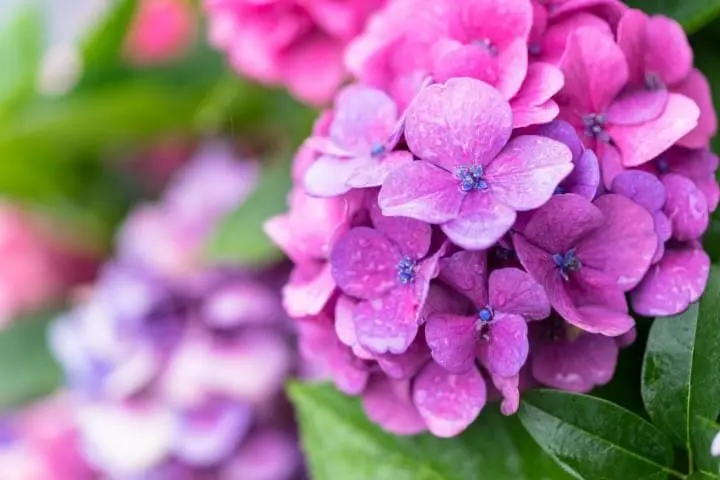
Photo by Pixta
Every year around June the rainy season makes its way to Japan. The rainy season is hot and very humid but it still has its own unique charm.
One of the activities typical for the rainy season is viewing hydrangeas, also known as ajisai in Japanese. These vividly-colored yet modest Japanese flowers only bloom during this time.
Top 10 Hydrangea Spots in and around Tokyo
1. Hakusan Shrine and Hakusan Park
2. Meigetsuin Temple and Hasedera Temple in Kamakura
3. Minamisawa Hydrangea Mountain in Akiruno City
4. Chokokuji Temple in Asakusa
5. The Hamarikyu Gardens
6. Hondoji Temple in Matsudo
7. Koiwa Iris Garden in Tokyo's Edogawa Ward
8. Showa Memorial Park in Tachikawa City
9. Tamagawadai Park in Tokyo's Ota City
10. The Eastern Imperial Palace Garden
Save on transportation while exploring Tokyo!
1. Hakusan Shrine and Hakusan Park in Tokyo
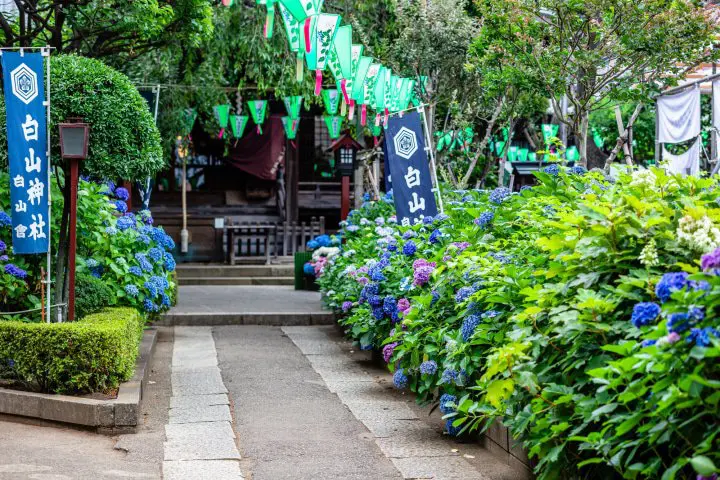
Photo by Pixta
During the rainy season, the Bunkyo Hydrangea Festival is held at Hakusan Shrine, famous for its hydrangea gardens. The festival grounds extend from the shrine compound to Hakusan Park.
Roughly three thousand hydrangeas are in full bloom at this gorgeous festival and they vie for the visitors’ attention with their bewitching colors.
There are also events held during the festival period, primarily on the weekends. In 2025, the festival will be held June 7 - 15. For details, please refer to this page.
Hotels near Hakusan Shrine
↑ Return to the top of article.
2. Meigetsuin Temple and Hasedera Temple in Kamakura
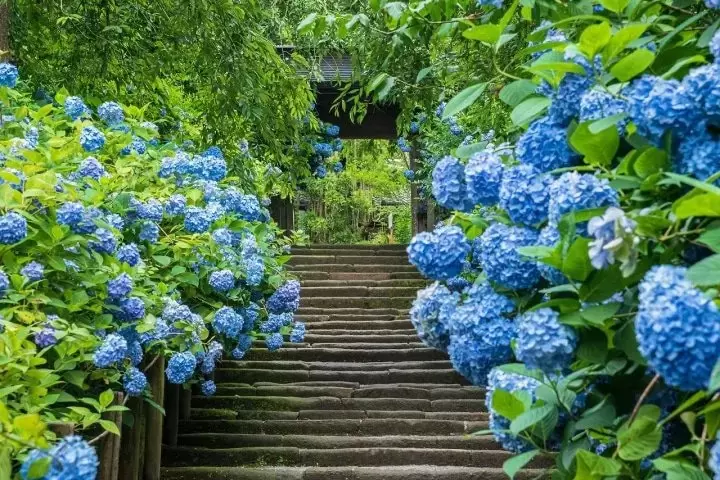
Meigetsuin Temple. Photo by Pixta
You may be wondering why we're mentioning Kamakura on this list. It's because Kamakura is the most famous destination for viewing hydrangeas near Tokyo!
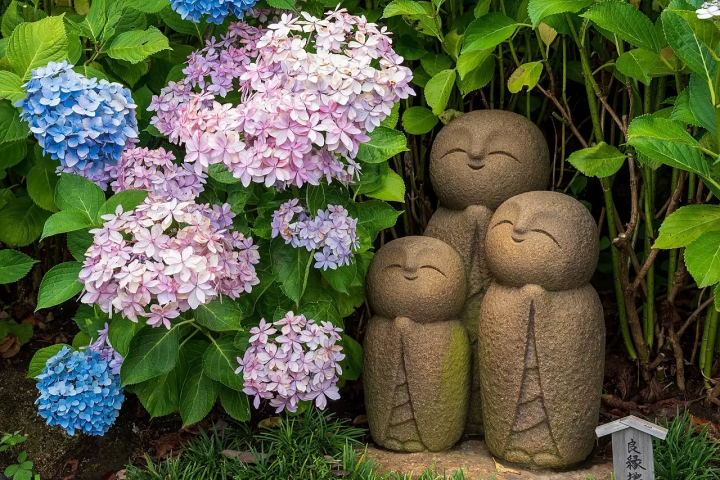
Hasedera Temple. Photo by Pixta
In particular, Meigetsuin Temple, Hasedera Temple, and Jojuin Shrine are considered the three great Kamakura hydrangea viewing spots, famous for their blooms.
Hydrangeas can be seen everywhere in the city. It's one of the best times of the year to visit Kamakura!
Hotels near Meigetsuin Temple
Hotels near Hasedera Temple
Read also
↑ Return to the top of article.
3. Minamisawa Hydrangea Mountain in Akiruno City
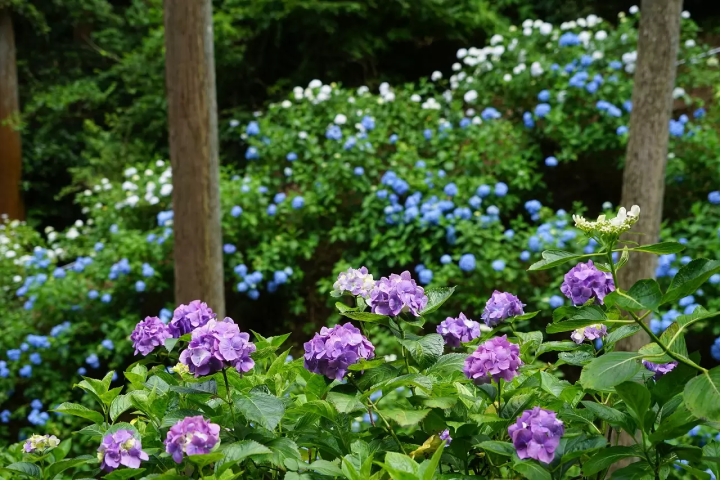
Photo By Pixta
Accessible from Itsukaichi Station, Minamisawa Hydrangea Mountain in Tokyo's nature-rich Akiruno City is a forest-covered mountainside home to thousands of beautiful hydrangeas! This splendid location was born out of the dreams and efforts of one local resident who wished to turn his own land into a famous hydrangea spot.
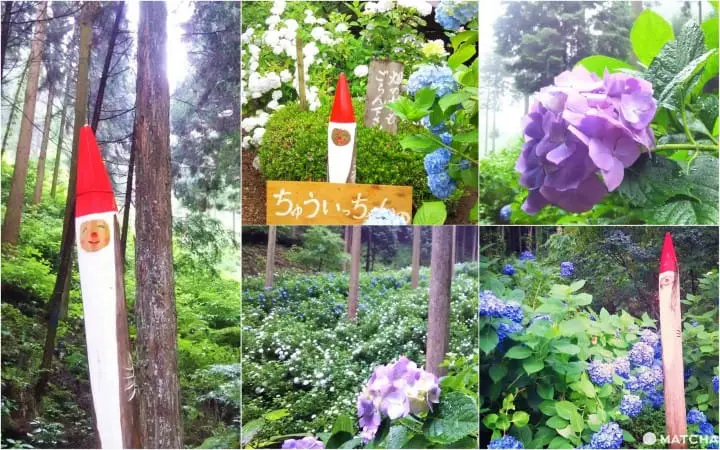
The best time to visit is between mid-June to mid-July. In 2025, the Minamisawa Hydrangea Mountain opened on June 10.
A 600-yen fee is required to enter the mountain. Come prepared for a hike because, unlike the parks and temples introduced above, this is a real mountain environment.
There are live performances and concerts during the month while the Hydrangea Mountain is open. Please check the official website (Japanese) for details.
↑ Return to the top of article.
4. Chokokuji Temple in Asakusa
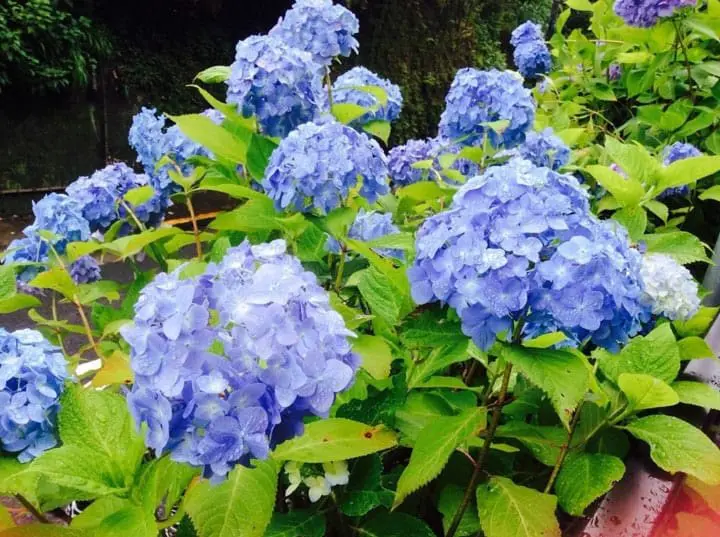
Every year during the rainy season, the Iki-Iki Asakusa Hydrangea Festival is held for two days at Chokokuji Temple in Asakusa.
At previous editions, the festival featured a “hydrangea picture book” booth where visitors could see a hundred varieties of hydrangeas at once. There are also stalls where you can buy hydrangeas, as well as food stalls.
The closest station to the grounds is Minowa Station on the Tokyo Metro Hibiya Line. For more information, please see their website (Japanese). In 2025, the Iki-Iki Hydrangea Festival will be held on June 14 - 14.
Hotels near Chokokuji Temple
The Sumida Park is another excellent location to visit in Asakusa in June. Here, you can see the hydrangeas with Tokyo Skytree in the background.
Hotels near Sumida Park (Taito Ward)
↑ Return to the top of article.
5. The Hamarikyu Gardens in Tokyo
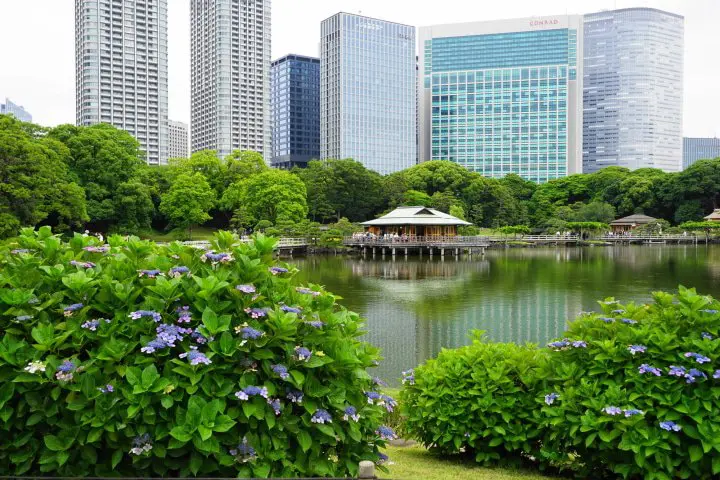
Photo by Pixta
The Hamarikyu Gardens in central Tokyo is another fantastic place to enjoy the hydrangeas, which bloom here at around the same time as the Japanese irises. The best time to visit is mid-to-late June.
Check the official website for further details.
Hotels near Hamarikyu Gardens
↑ Return to the top of article.
6. Hondoji Temple in Matsudo
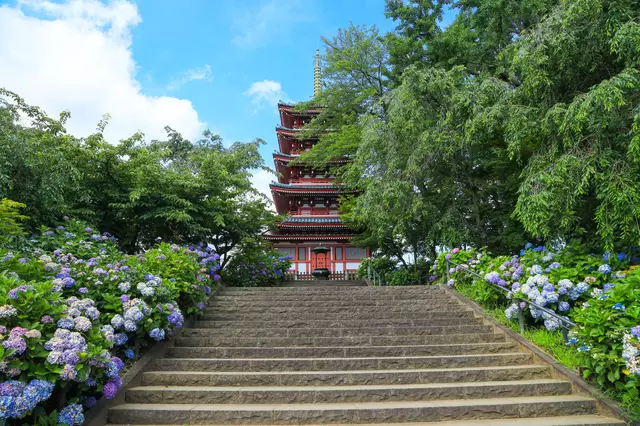
Photo by Pixta
Hondoji Temple in Chiba's Matsudo City is commonly known as the "hydrangea temple." It is just a 15-minute walk from Kitakogane Station on the JR Joban Line.
A popular location to view hydrangeas in the rainy season, Hondoji Temple comes to life each year with around 50,000 vibrant hydrangeas blooming through the temple grounds. Together with the beautiful five-storied pagoda that towers over the grounds, the blooms create a perfect scene.
The temple's peaceful atmosphere combined with its magnificent architecture and bountiful hydrangeas makes it a perfect spot for photography enthusiasts!
To catch these vibrant beauties at their best, we recommend visiting Hondoji Temple from late May to early July. Please be aware that there is a fee for entering the shrine during the hydrangea season. For further details, please check Hondoji Temple's official website.
↑ Return to the top of article.
7. Koiwa Iris Garden in Tokyo's Edogawa Ward
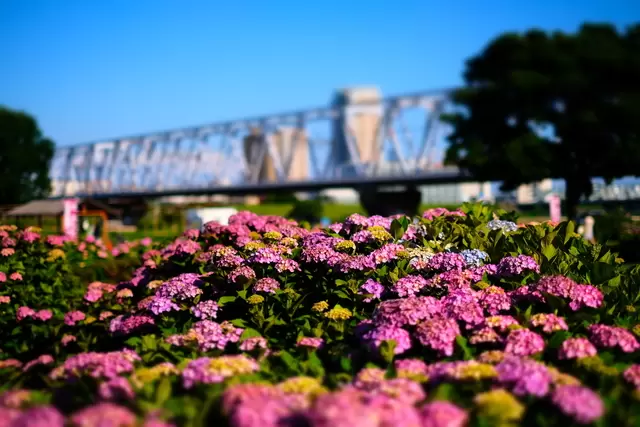
Photo by Pixta
Enter a fairytale in Koiwa’s Iris Garden, a luxurious spot where you can witness the beauty of hydrangeas and irises blooming alongside each other.
The flowers of the rainy season are here to brighten the day! Gaze over the vast scenery of purple and blue flowers that arrive this June.
Enjoy the river and cityscape views in the distance while relaxing in nature. For a special day out, join the Koiwa Shobuen Festival this June, starting from June 7 and ending on June 22.
↑ Return to the top of article.
8. Showa Memorial Park in Tachikawa City
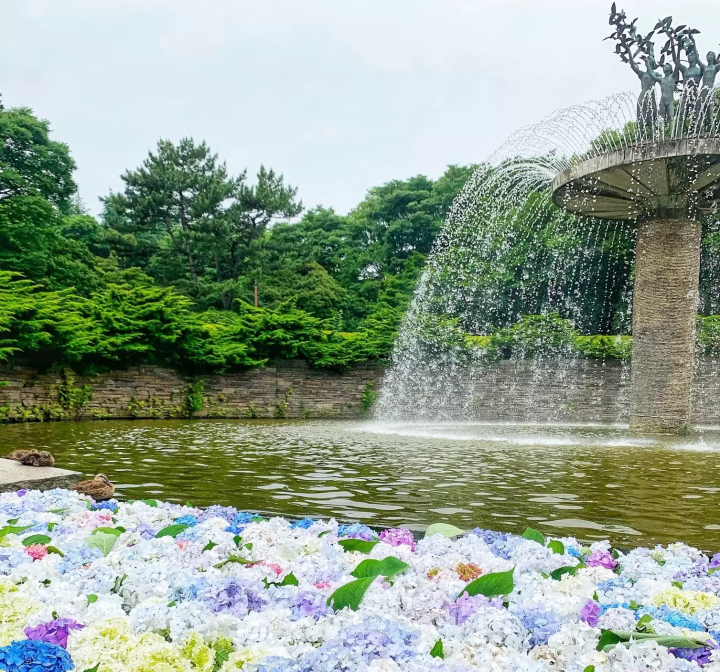
Picture courtesy of Showa Memorial Park
Venture to the beautiful Showa Kinen Park (or Showa Memorial Park), famous for its flowers all year round. The Hydrangea Road in the park becomes a blooming paradise every rainy season.
Witness floating hydrangeas in the canal fountain, painting the water with brilliant colors. The fountain is well maintained, keeping only fresh and vibrant flowers in the water. You can enjoy different varieties and colors of hydrangeas at once.
The park has many highlights to enjoy throughout the year. There are even art installations among the flowers that make beautiful photo spots.
Showa Kinen Park is the perfect getaway for families and couples due to its lively and joyful atmosphere. After visiting the main park, head on over to the Wanpaku Yuugu area, a colorful playground, or the Children's Forest where you and your loved ones can ride boats in the Waterfowl Pond.
After a boat ride, unwind and relax by enjoying a delicious picnic at Minna no Harappa, a popular scenic park that is great for a break.
Hotels near Showa Kinen Park
↑ Return to the top of article.
9. Tamagawadai Park in Tokyo's Ota City
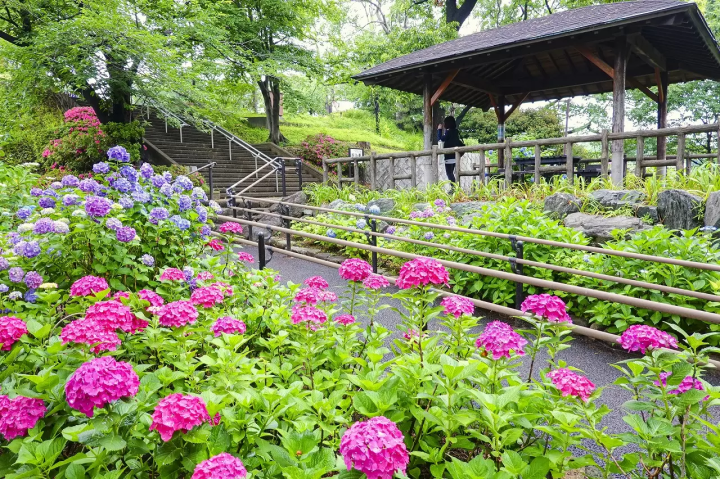
Photo by Pixta
Tamagawadai Park spreads across 750 meters along the Tama River. On days with clear weather, you can see the mountains in the distance and even Mt. Fuji. There are several kofuns (ancient tombs of local leaders) in the park standing as proof of the long history of settlements in the area that is now Tokyo.
The Hydrangea Garden within the park is one of the prime locations to enjoy hydrangeas in Tokyo, with around 4,000 specimens. The alleys are well-maintained and visitors can enjoy a stroll even when it rains. The best time to visit is around mid-June.
Hotels near Tamagawadai Park
↑ Return to the top of article.
10. The Eastern Imperial Palace Garden in Central Tokyo
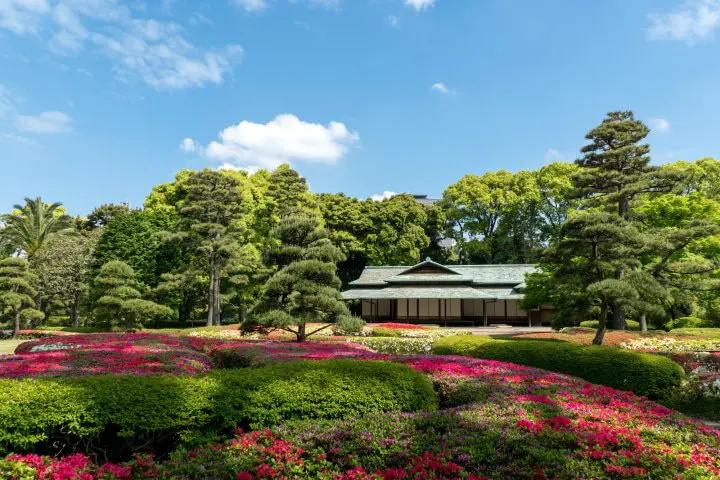
Photo by Pixta
The Eastern Imperial Palace Gardens also have a great location with hydrangeas. The garden is located on the east side of the palace and centered around the former Edo Castle.
This garden is not just home to hydrangeas but to other seasonal flowers, too. On the next rainy day, how about taking a nostalgic stroll in its historic atmosphere? The best time for the hydrangeas is from early June to mid-July.
Hotels near Imperial Palace East Gardens
↑ Return to the top of article.
Enjoy the Rainy Season!
In Japan, you can enjoy the beauty of nature at any time, even during the rainy season. By the way, hydrangeas look even prettier when wet with rain.
Read also
All images from Pixta
旅行が趣味の22歳です。日本の魅力をお届けします。


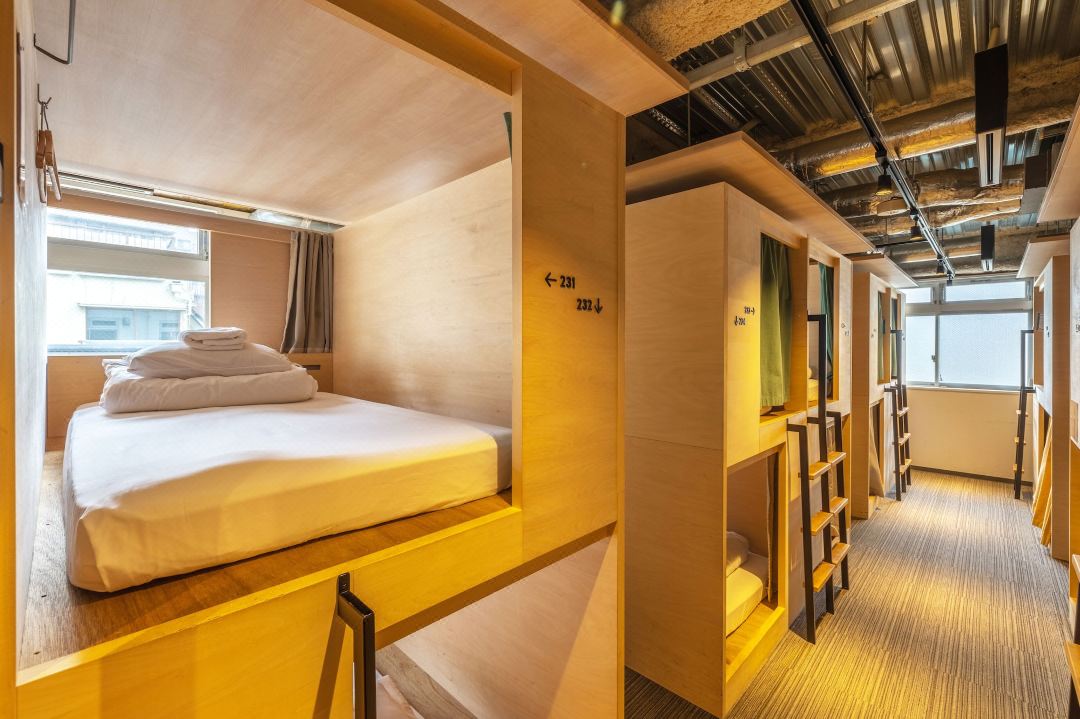

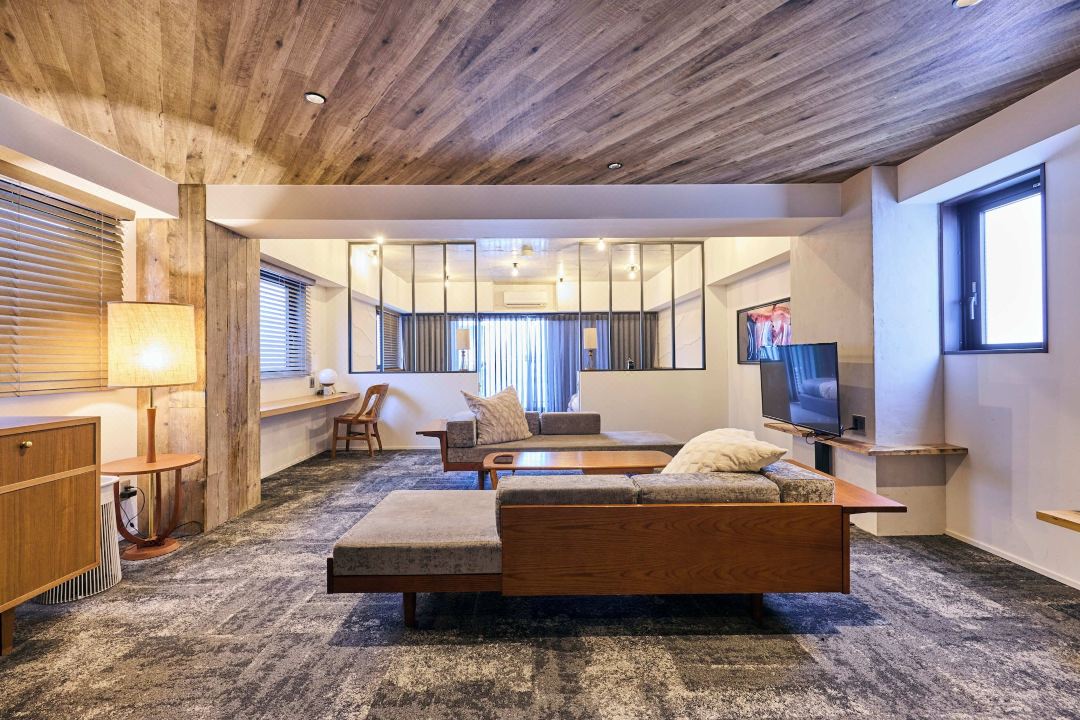
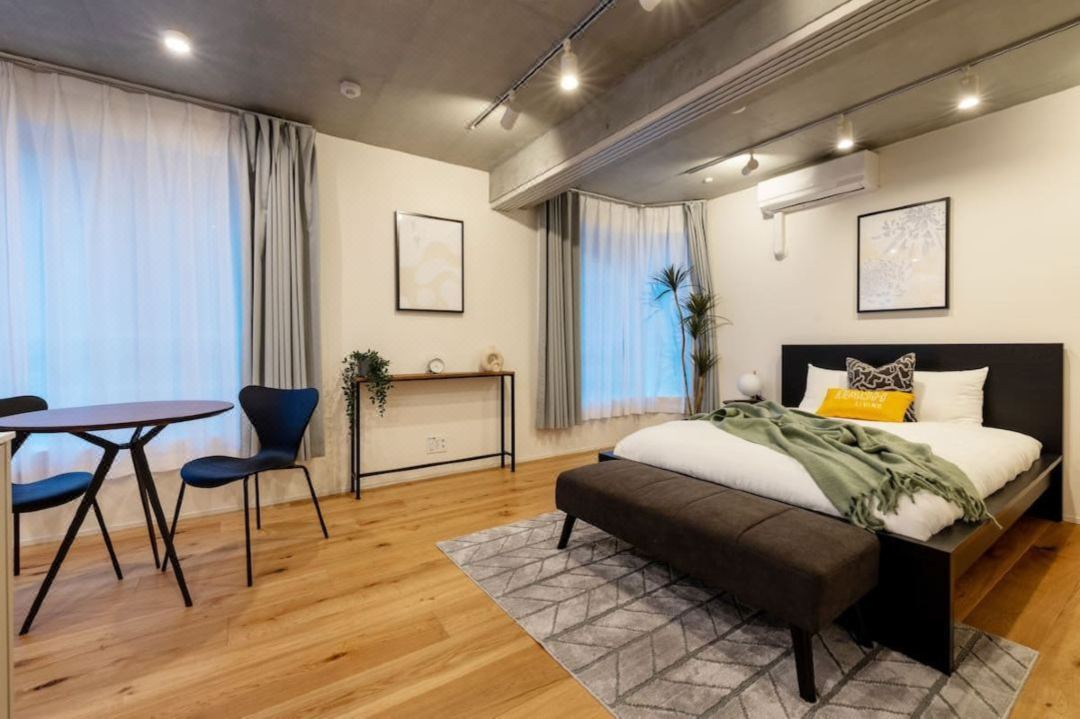

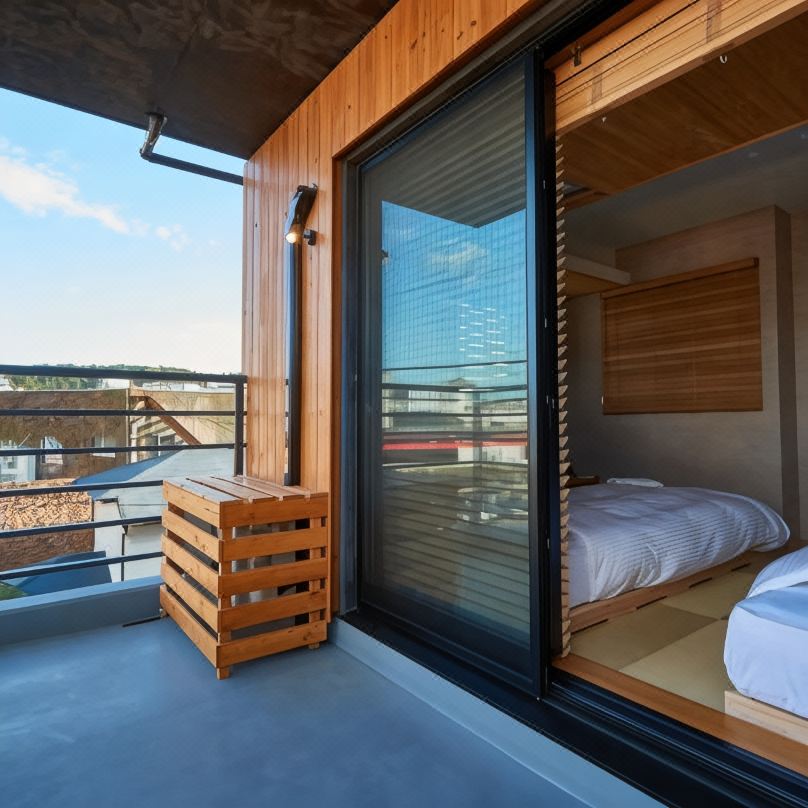
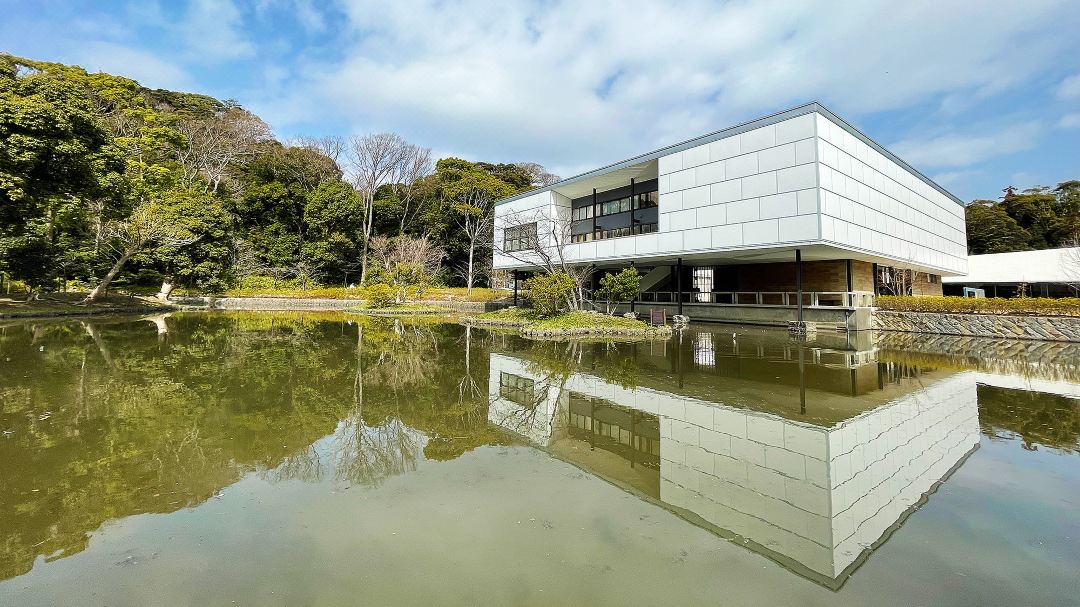
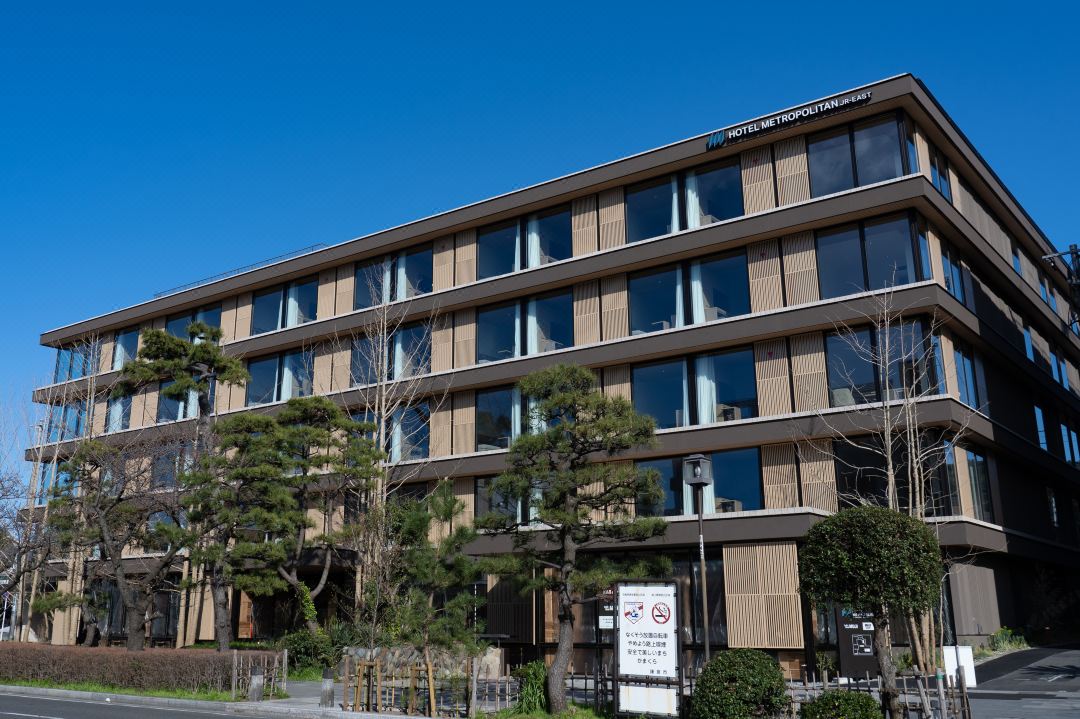

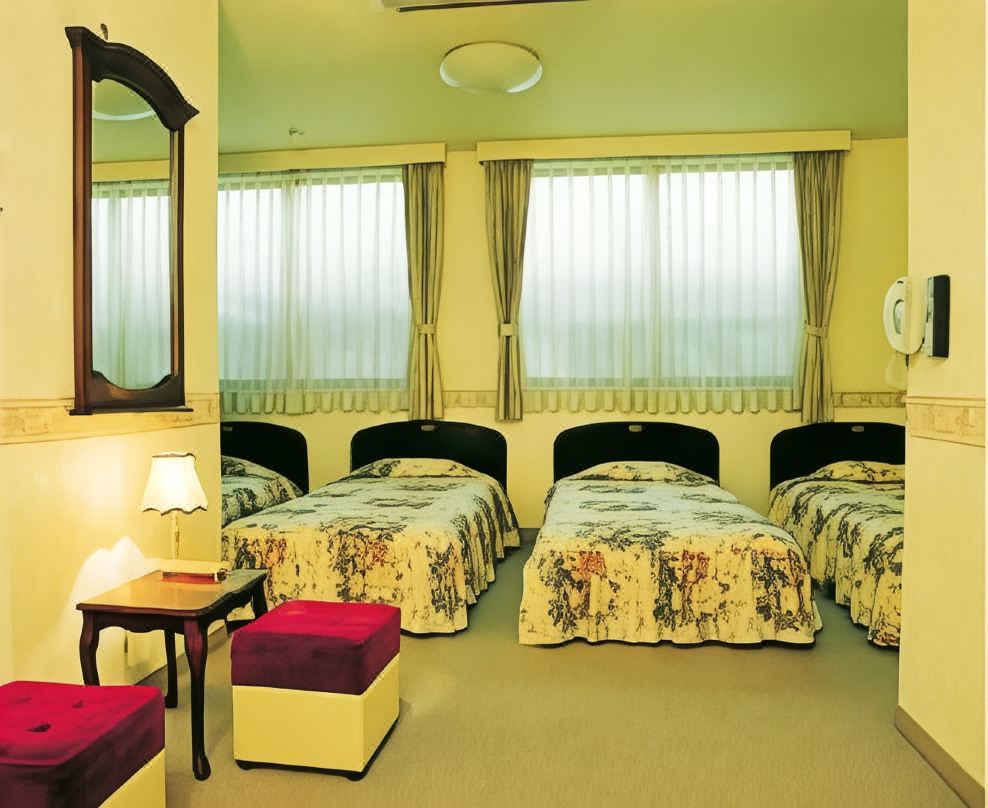




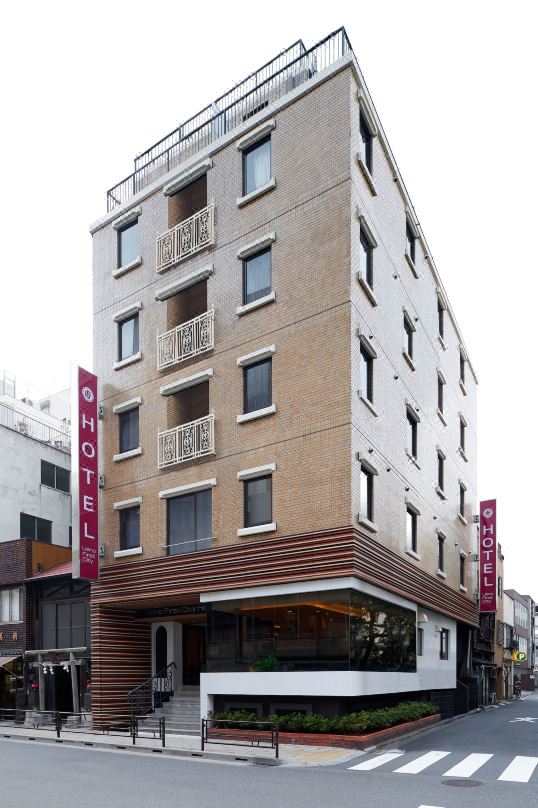
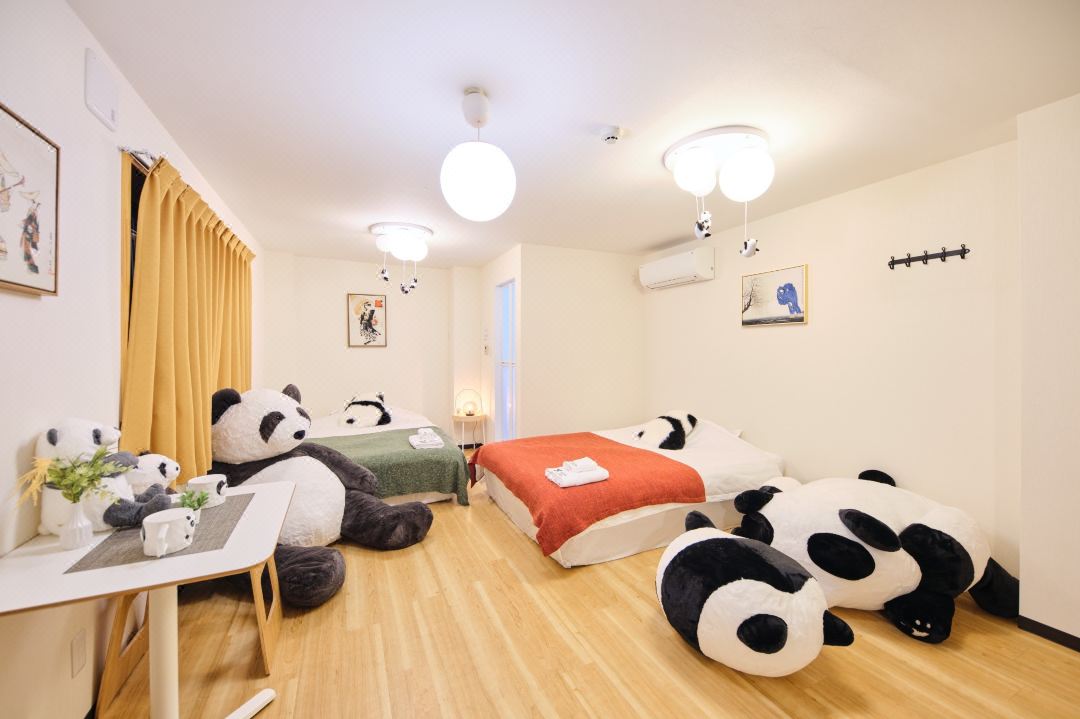
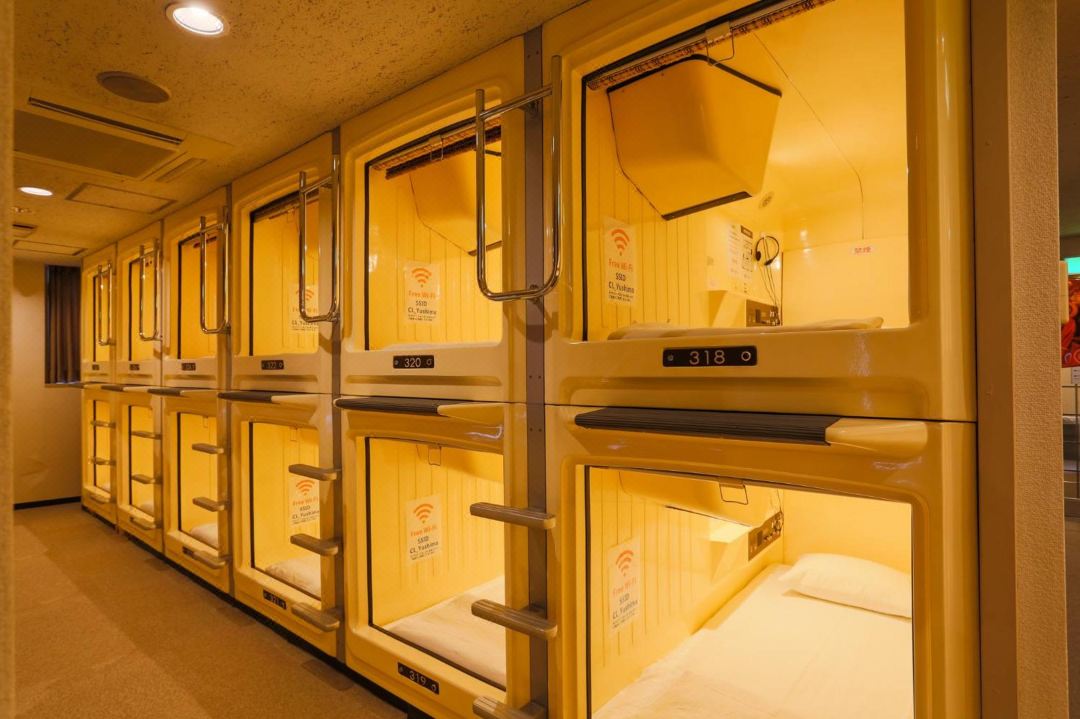

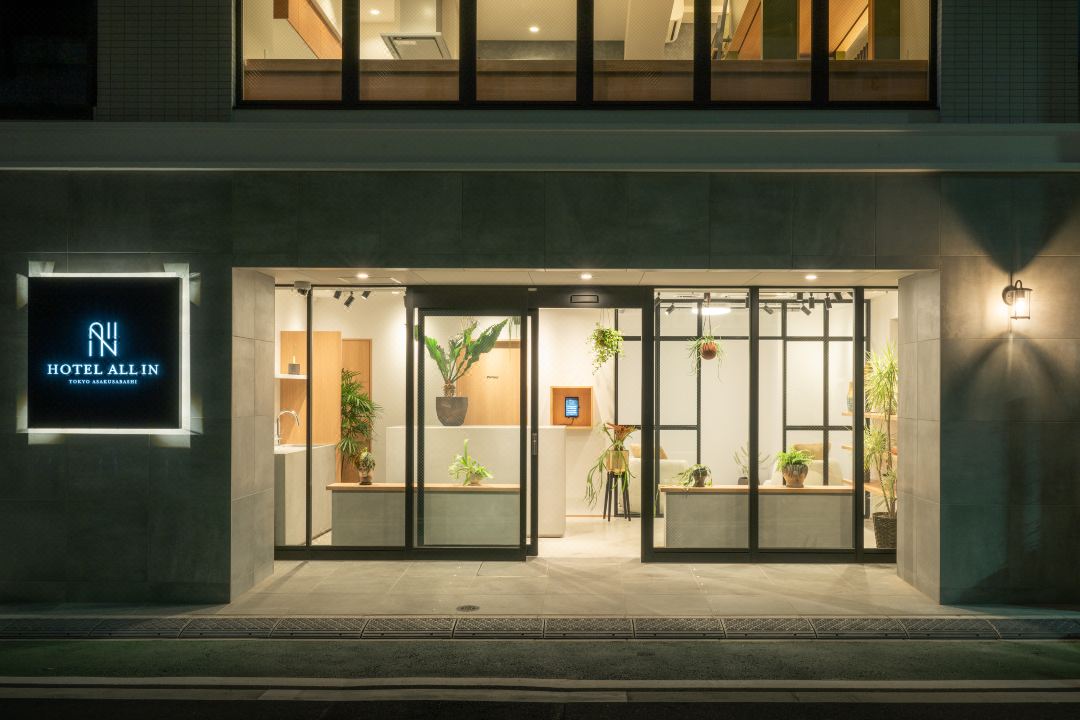

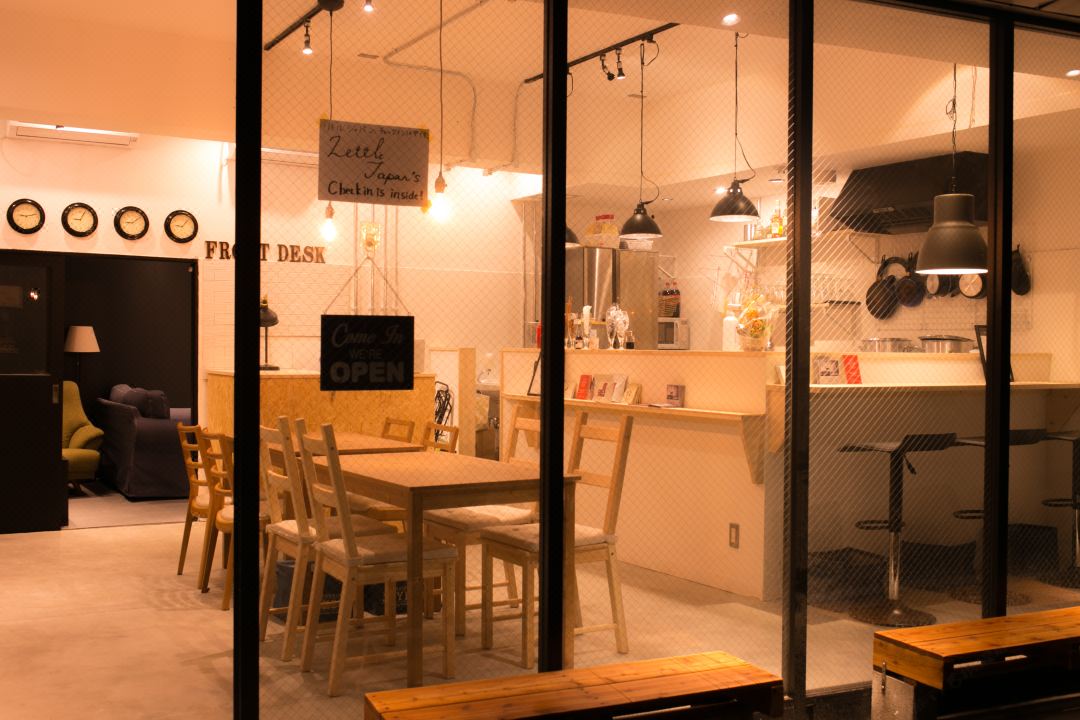

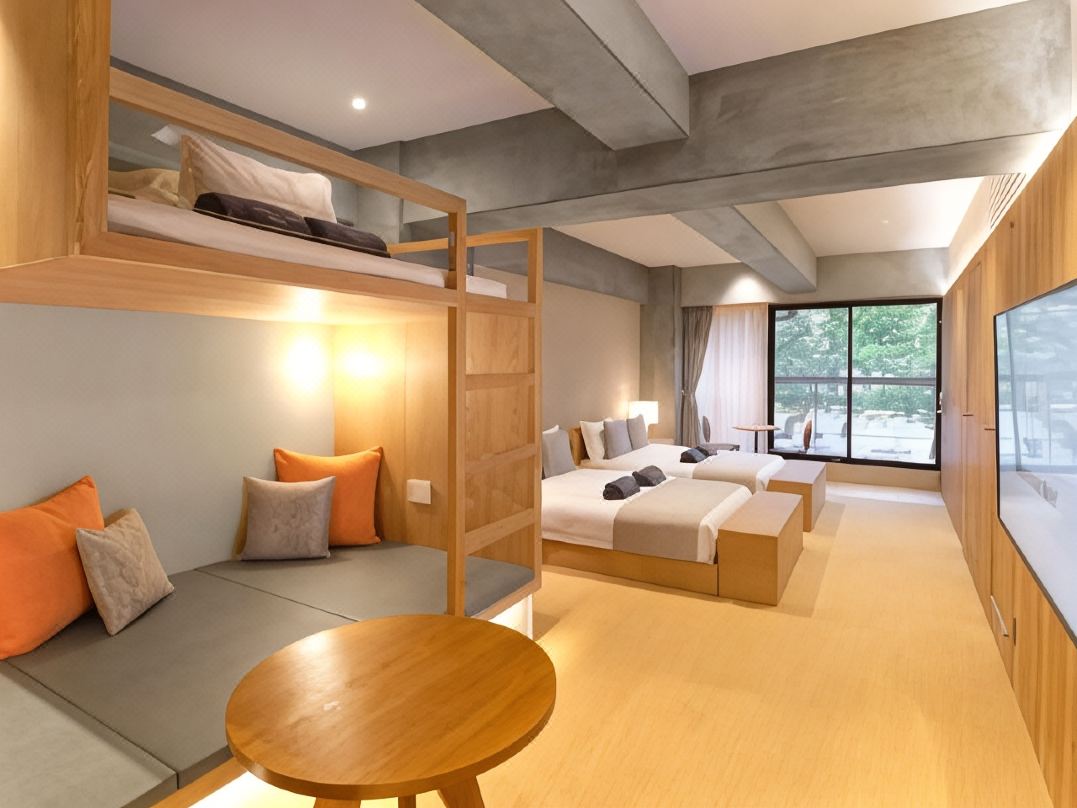
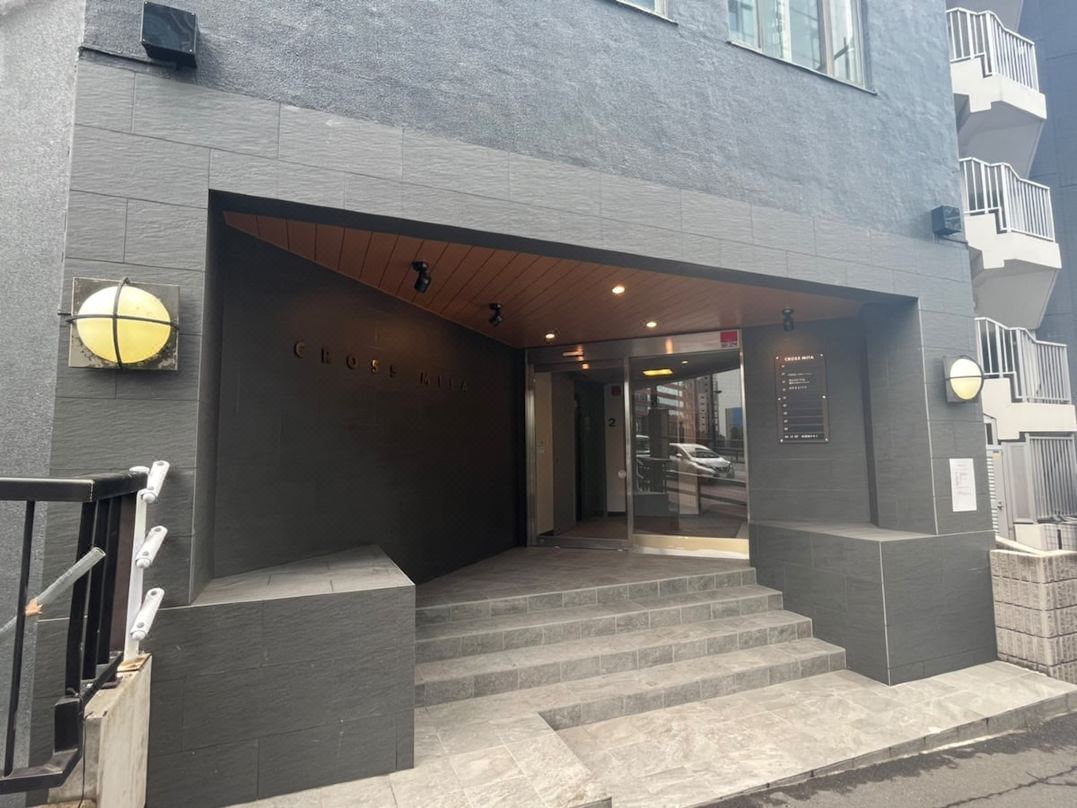
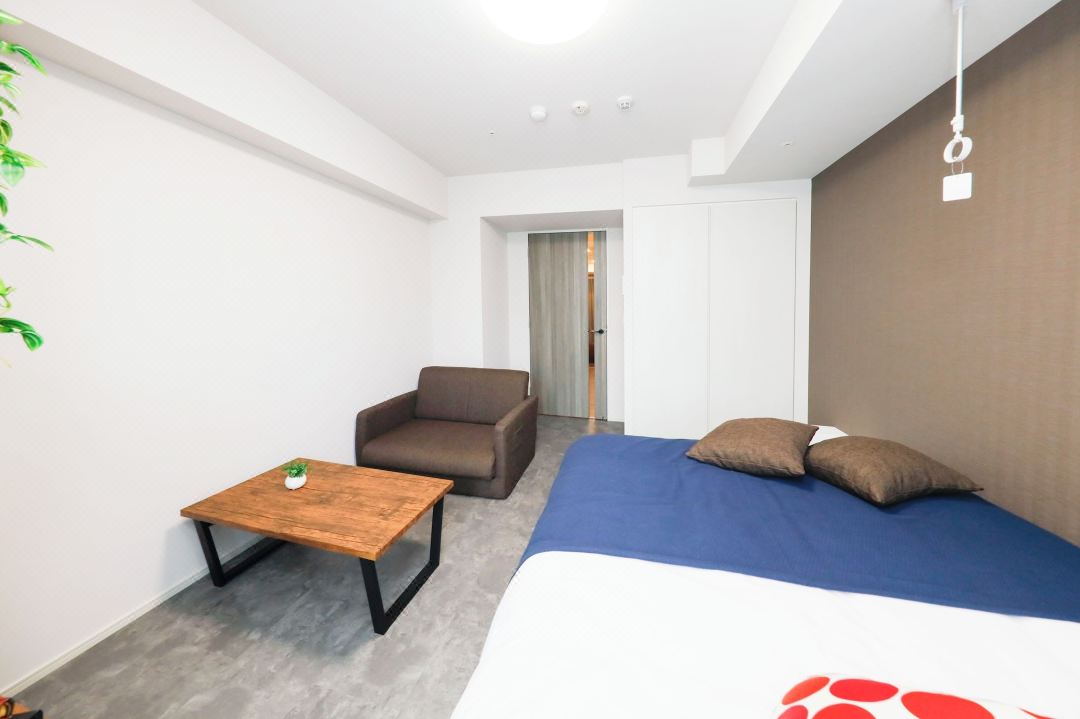

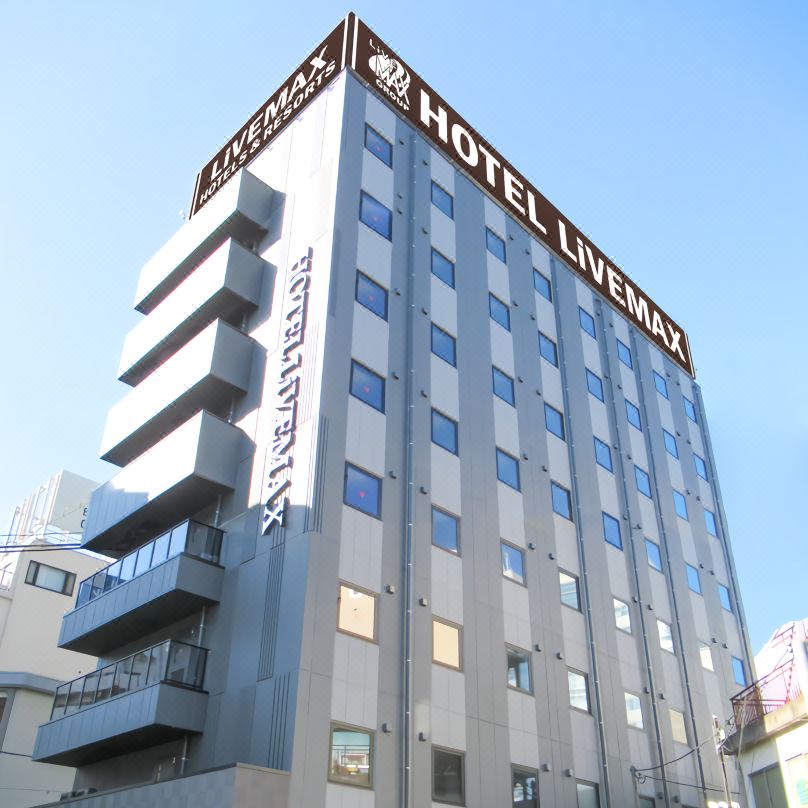
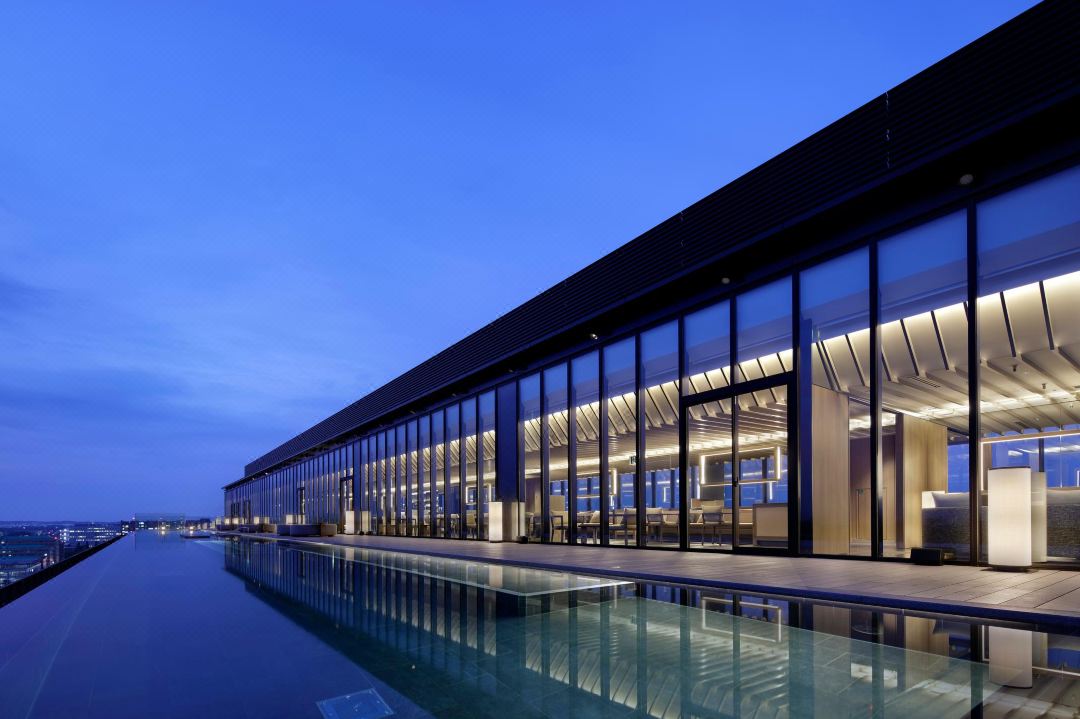
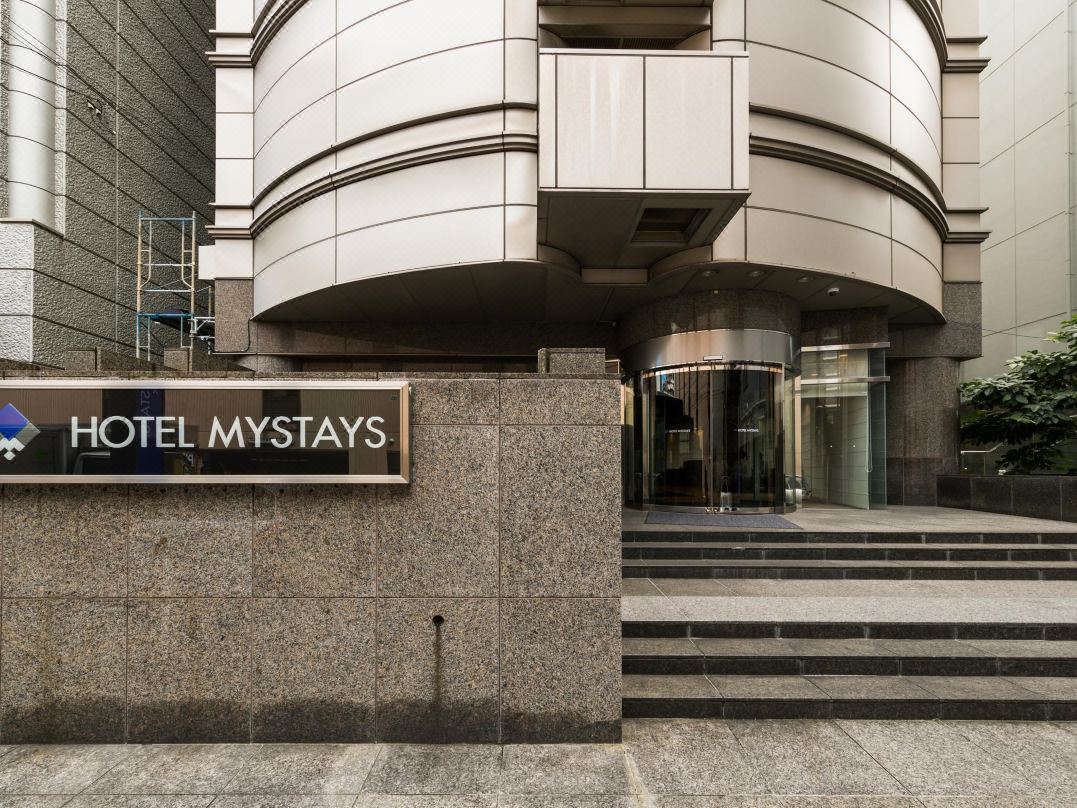


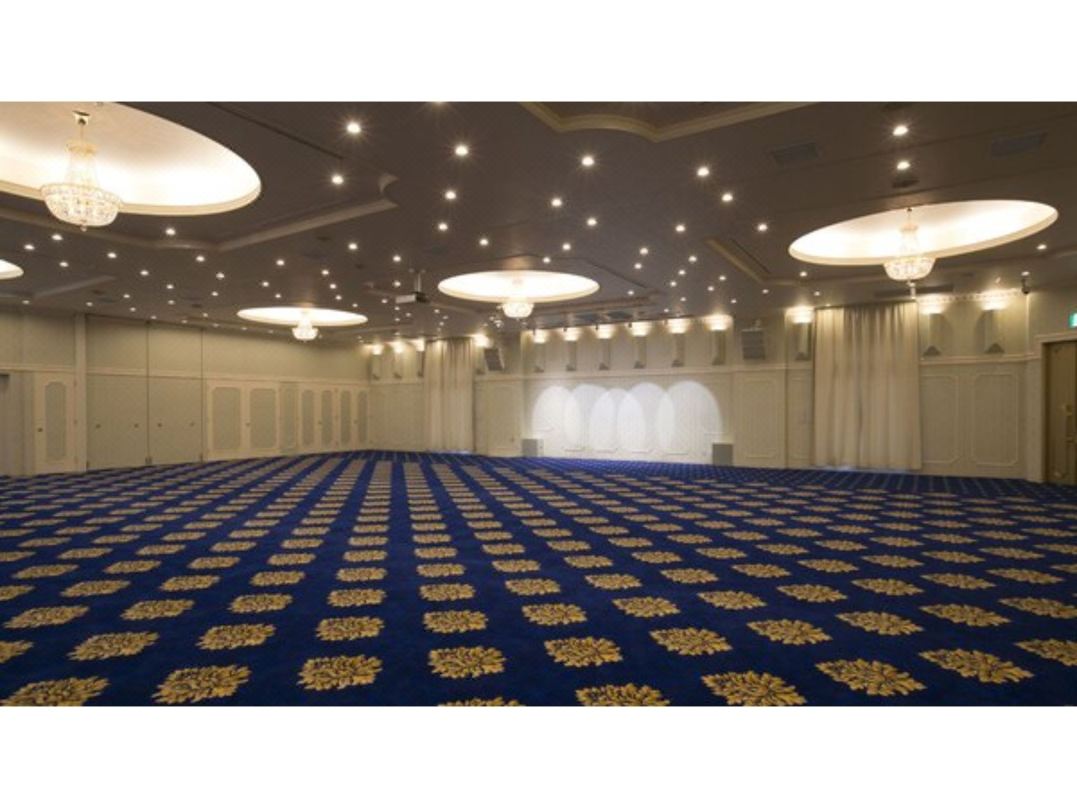

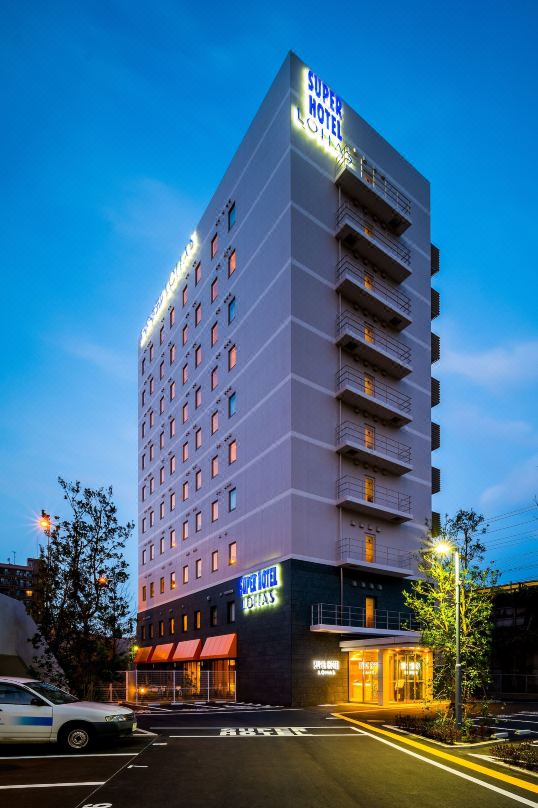

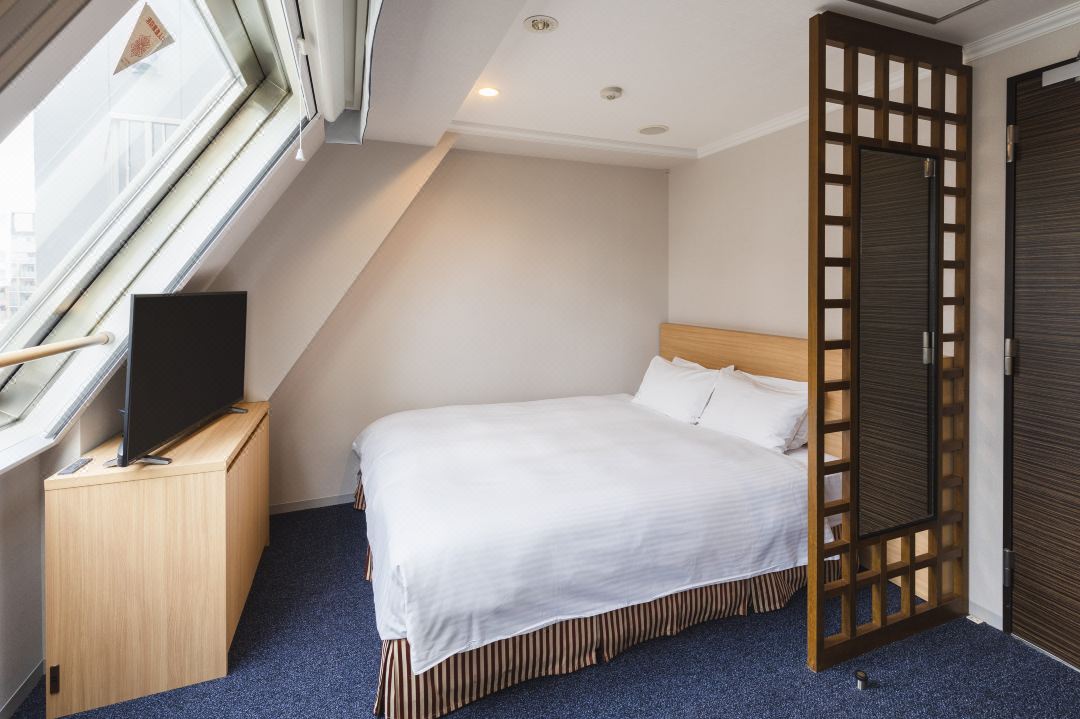
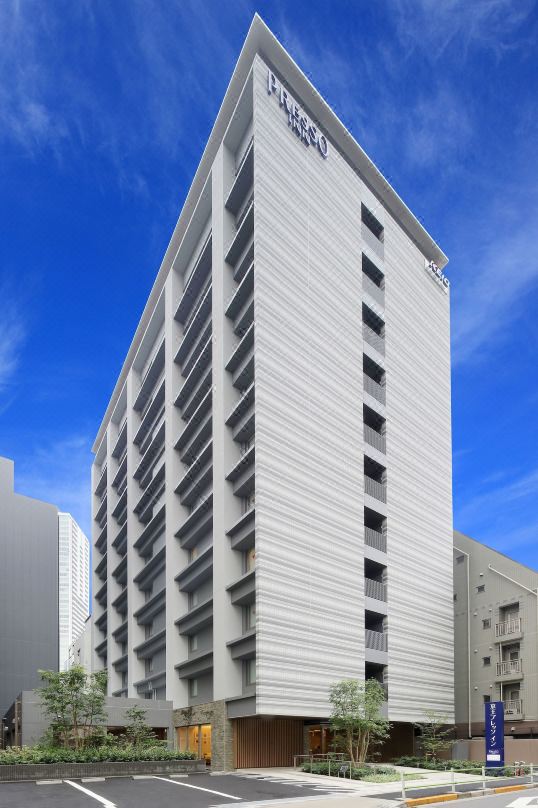
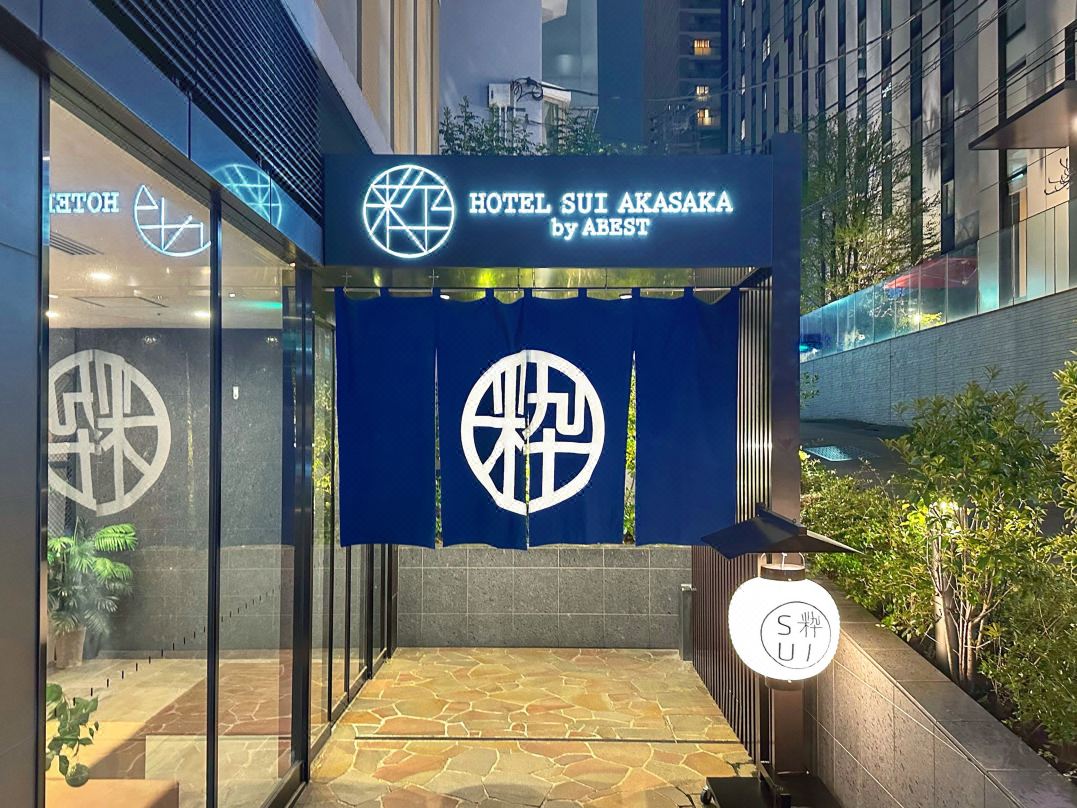



























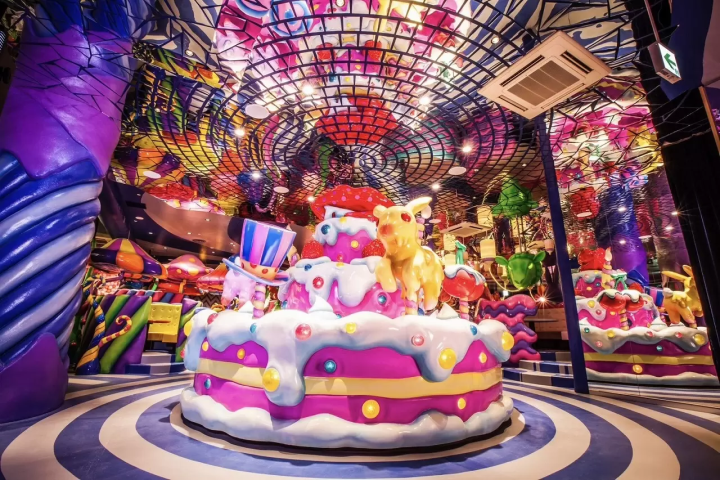
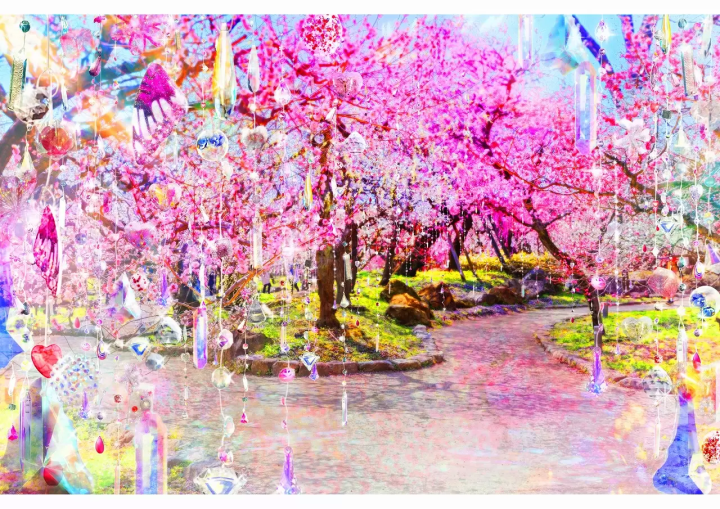
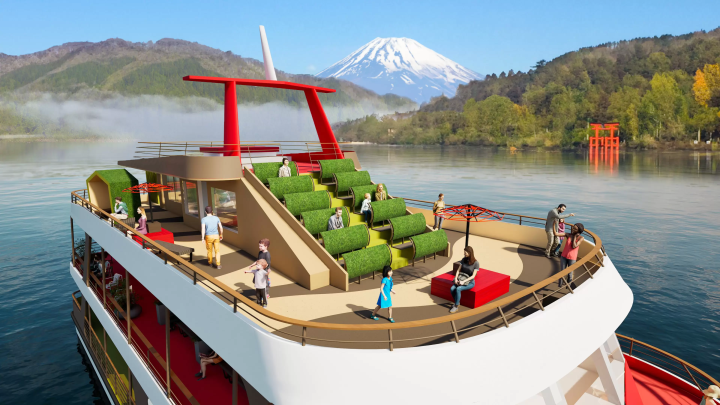

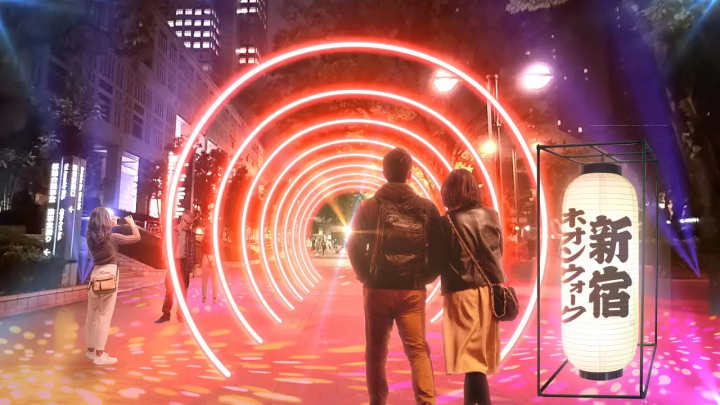



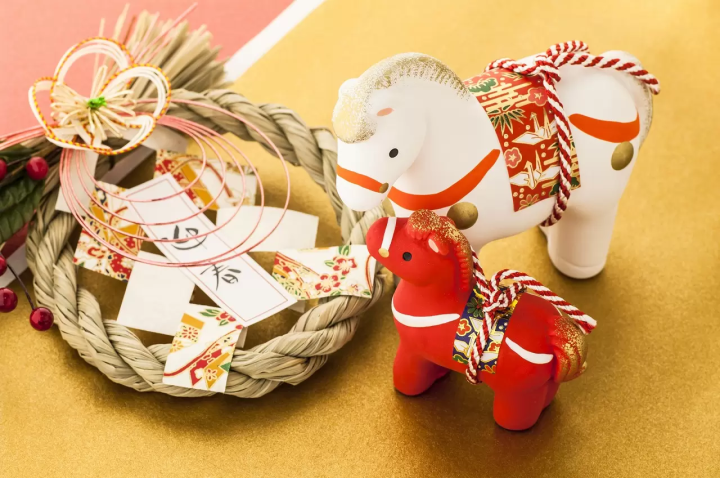

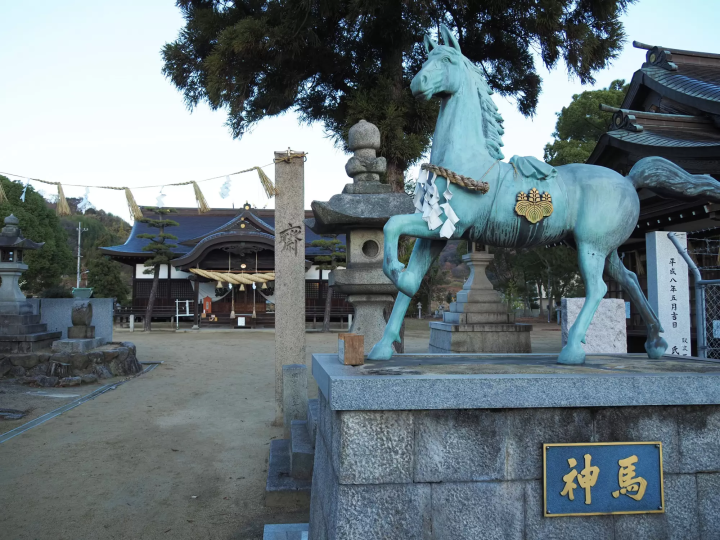
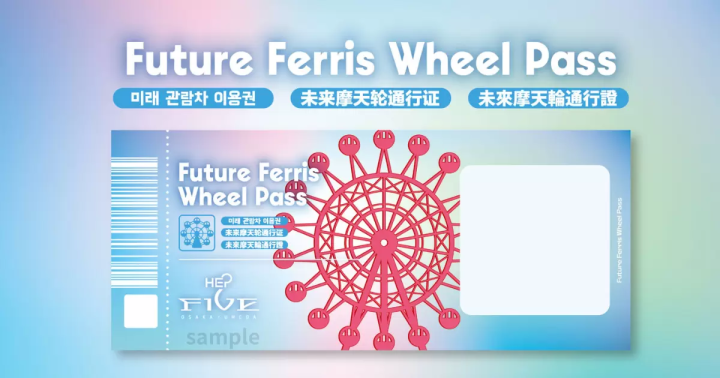
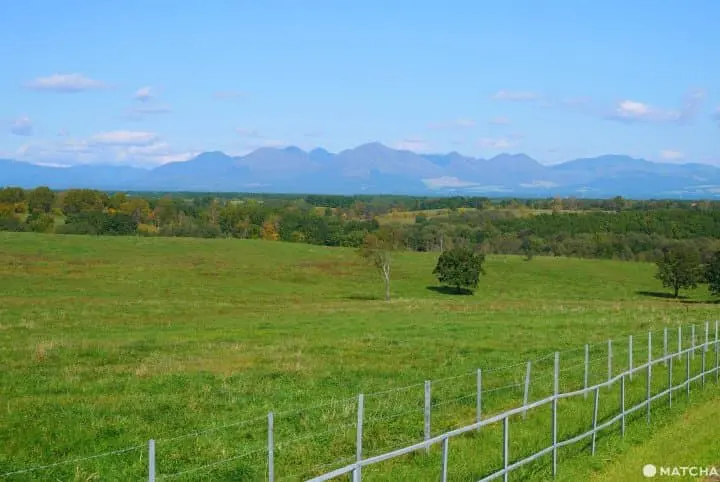
![[Coupon Available] Attention Overseas Winter Sports Fans! Nagano's Sports Depot Has Evolved](https://resources.matcha-jp.com/resize/720x2000/2026/01/05-254819.webp)
![[2 hours from Tokyo ] 10 Quiet and Breathtaking Views of Mount Fuji in Yamanashi Hokuto City , Yamanashi - Part 2](https://resources.matcha-jp.com/resize/720x2000/2025/12/16-253037.webp)